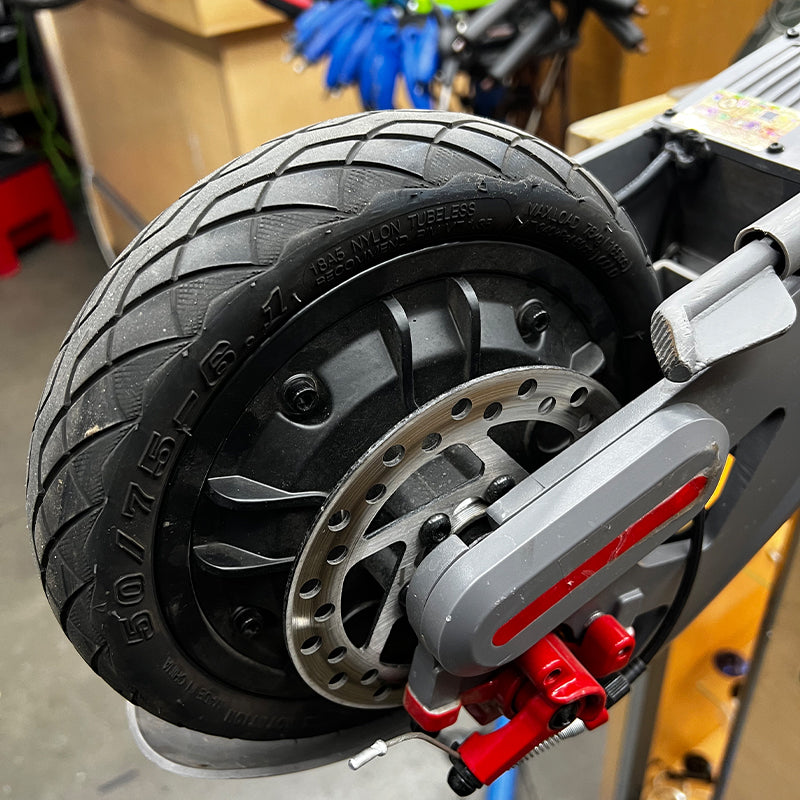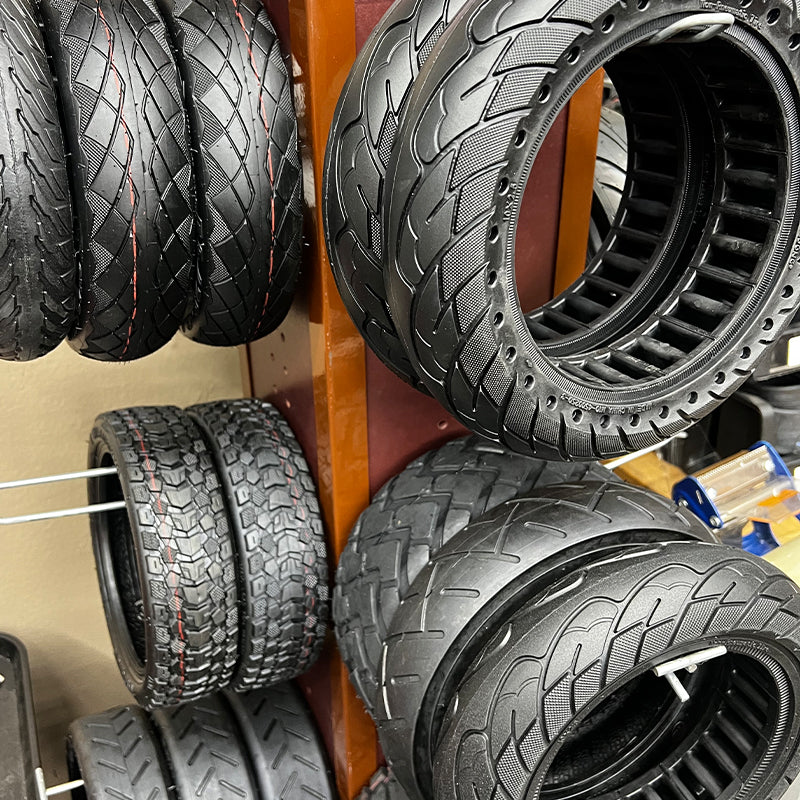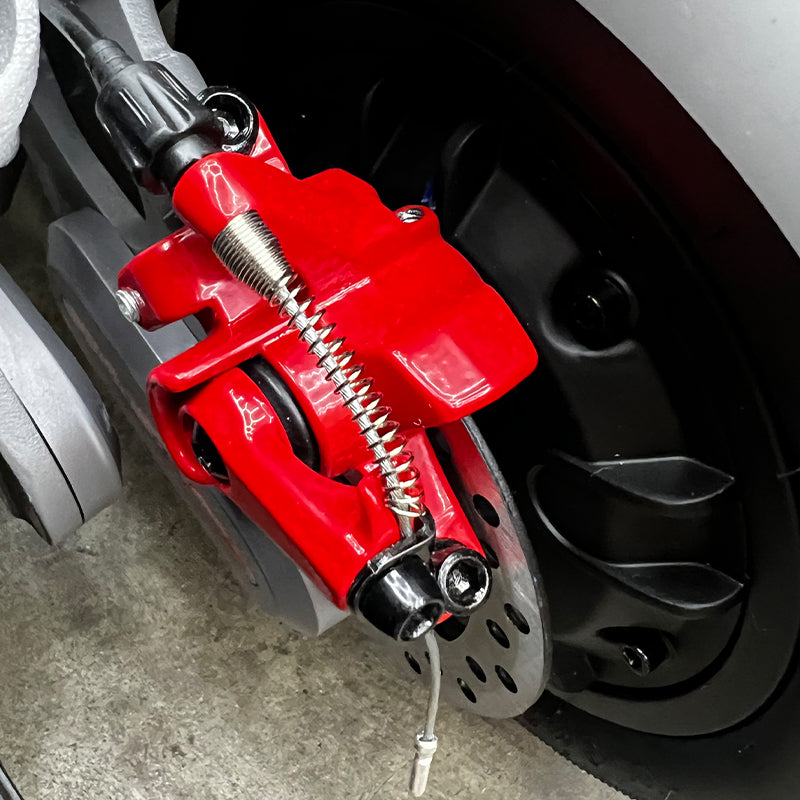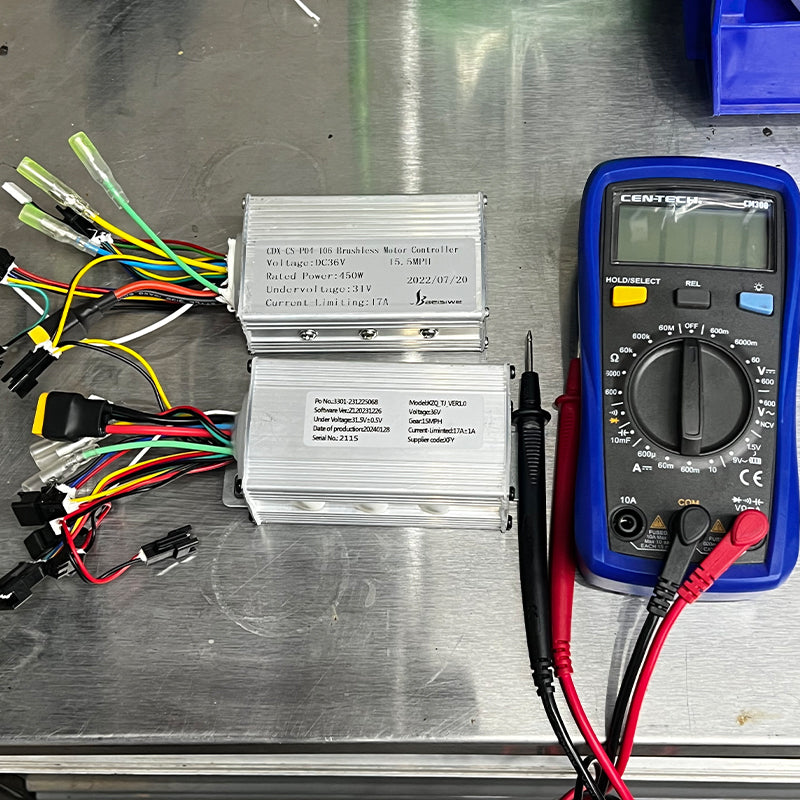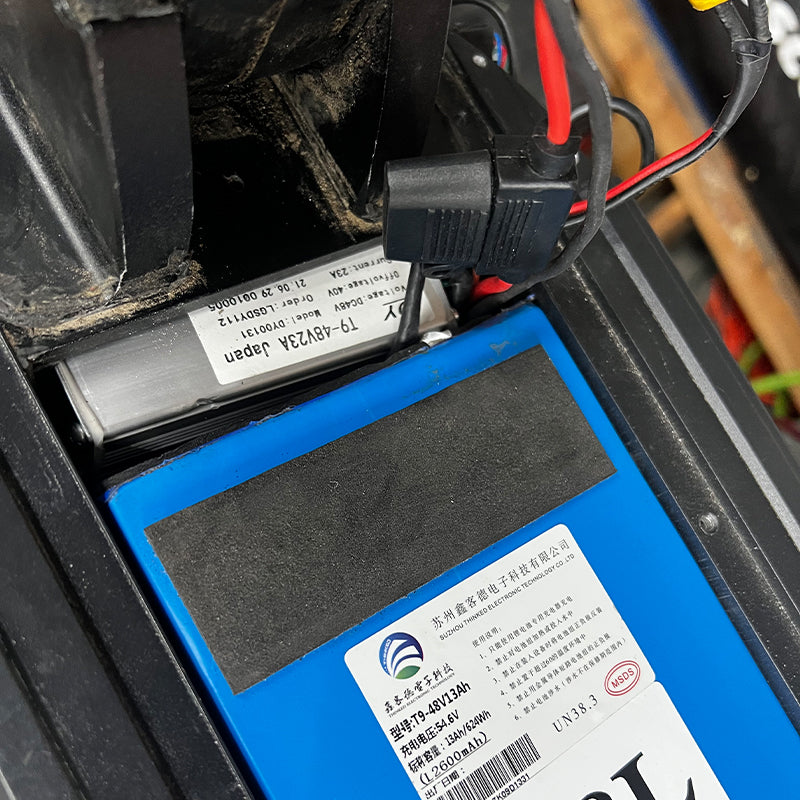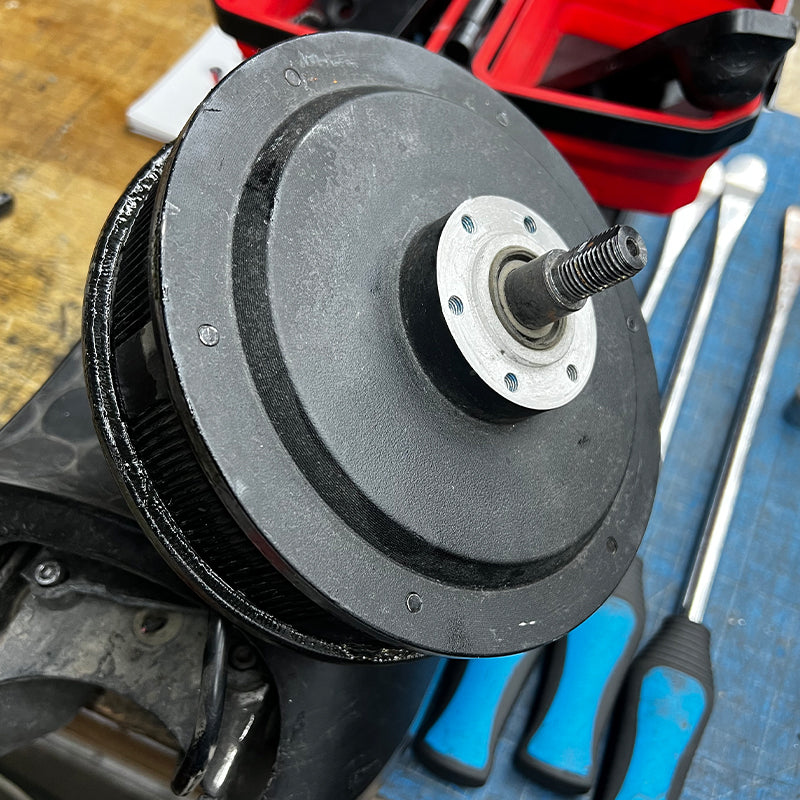Looking for electric scooter repairs or upgrades? We’ve got you covered with general maintenance, tire repair/installation, throttle and brake replacements, battery/controller swaps, and brake adjustments. We also offer solid tire installations for 8" and 10" tires — no more flats!
We service popular brands like Segway, Hiboy, GoTrax, Hover-1, Varla, Apollo, Kaabo, Razor, NIU, PhantomGoGo, and more. Walk-ins are welcome — no appointment needed!
Your one-stop shop is just a call away: (909) 962-SHOP (7467).
Repair times for electric scooters can vary based on several factors, including the complexity of the repair, availability of parts, and our workshop's current workload. Typically, repairs are completed in about 2-3 days. However, if parts need to be ordered from outside of California, the repair time may be extended.
The cost of repairing an electric scooter varies based on factors such as the type of repair needed, the model of the scooter, and the cost of any replacement parts. For an approximate estimate, please us a call (909) 962-7467 with details about your scooter and the issue.
Punctures in electric scooters are often caused by sharp objects, such as nails or thorns, piercing through the tire and into the inner tube or tubeless tire. Another common cause is riding with under inflated tires. When tires have insufficient air, the side walls can collapse, leading to tears in the inner tube or tire itself.
Proper handling of your scooter's battery is crucial to ensure its longevity and safety. Here are some key points to remember:
- Avoid Overheating: Charging too fast or overcharging can lead to overheating, which shortens the battery's life and may cause it to fail.
- Prevent Overcharging: Always use the charger designed specifically for your scooter’s battery pack. Overcharging or using a charger not meant for your battery type can be dangerous. Lithium batteries, in particular, can catch fire if mishandled.
- Don’t Discharge Too Far: Avoid letting the battery discharge completely. Lithium-ion batteries can be damaged if they are allowed to run down completely before recharging. If you ride your scooter until the battery is dead, recharge it as soon as possible.
- Regular Charging: Keep your battery partially charged, especially if you’re not using your scooter frequently. Lithium batteries do self-discharge over time, though more slowly than other types.
- Never Leave Unattended While Charging: Always monitor your scooter while it’s charging. Don’t leave it unattended for extended periods to avoid potential risks.
Most modern scooters use lithium-polymer or lithium-ion batteries, which offer better performance and longevity compared to older lead-acid or NiCad/NiMH batteries. However, all battery types require proper care to ensure optimal performance and safety.
